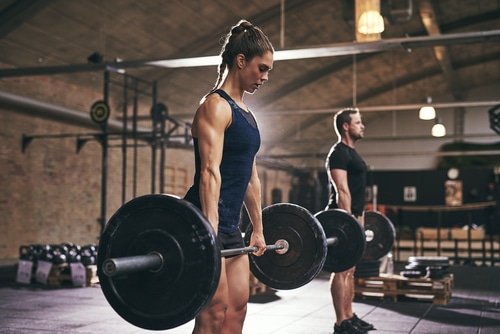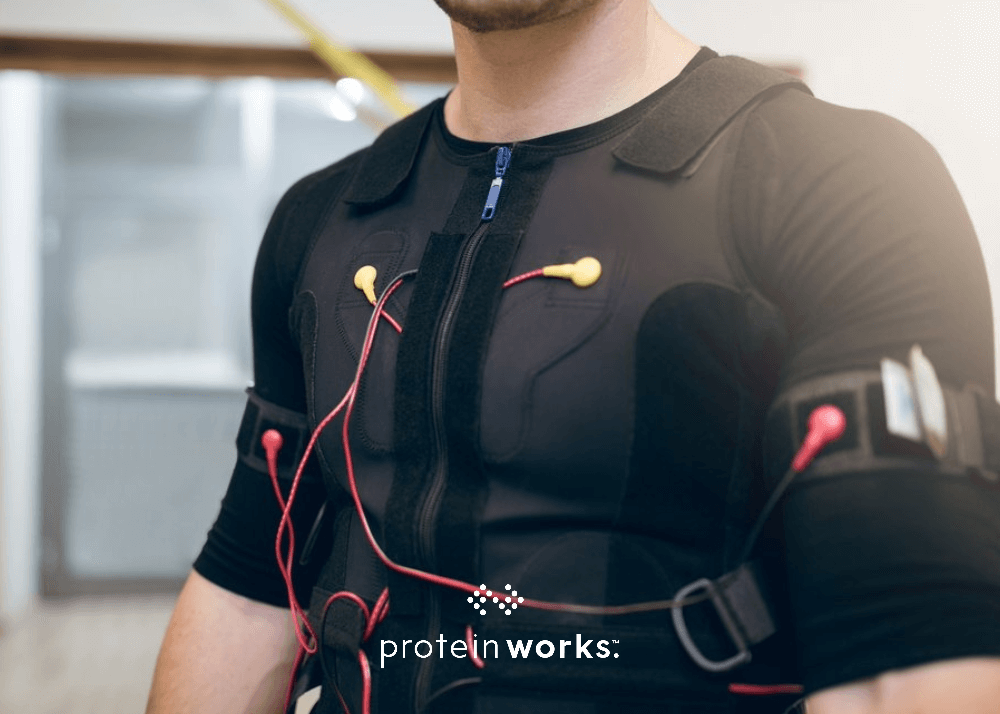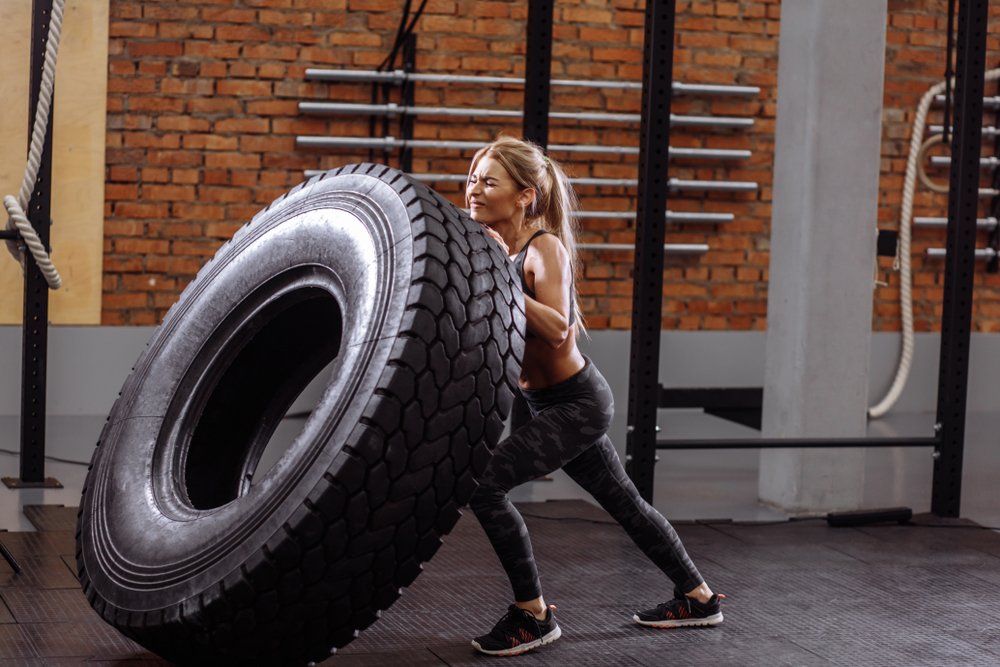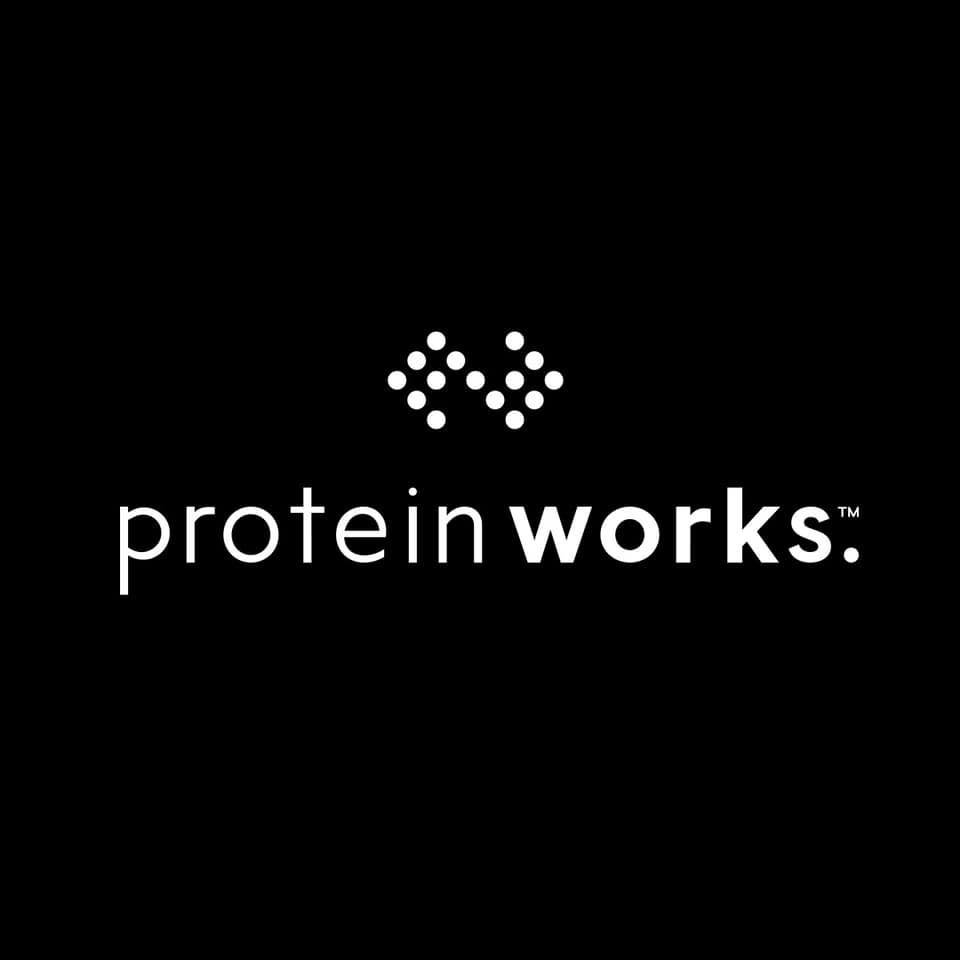
Cardio, Fat Loss & Intensity
There are many articles circulating the World Wide Web that compare and contrast “high intensity” cardio with “low intensity” cardio. Many “low intensity” advocates will talk about the “fat burning zone”. Whereas “high intensity” practitioners will recite studies that prove your metabolism remains elevated for up to 48 hours post training. But the truth is both have their merits and both should feature in your training routine. Here we take a look at the objective evidence so you can a hybrid cardio routine in your workout routine and see the benefits of both.
Firstly, it would help to define what exactly is “high intensity” and “low intensity”. Obviously this will vary ever so slightly depending on the type of exercise. But it’s fairly safe to say working between 50-75% of your maximum heart rate is low intensity. But working at 75%+ of your maximum heart and you enter the realms of high intensity.
Fat loss

Interestingly, they found that the group performing lower intensity cardio burnt more calories on average (120.4 mega joules) compared to the HIIT group (57.9 mega joules), muscle biopsies and body fat measurements revealed the HIIT programme resulted in greater fat loss and an increased metabolism.
This led researchers to conclude that high intensity training favours negative energy and lipid balance to a greater extent than exercise of low to moderate intensity. Moreover, the metabolic adaptations taking place in the skeletal muscle in response to the HIIT programme appear to favour the fat loss process.
Immune System
There’s a well quoted study that was done at the Department of Human Movement Studies at the University of Queensland (Australia) where researchers decided to determine the exact effects training intensity had on the immune system. What they did was measure certain key ‘immune system parameters’ in athletes and then subjected them to a pretty brutal training regime (like you would experience with high intensity training but not low intensity training). What they found was that really high, heavy training drastically altered certain immune factors within the body which in turn influenced an athlete’s resistance to infection, disease and what they experienced was an exercise induced ‘immune crash’ (L.T. Mackinnon, 1997). The main immune system parameter that was affected was circulating leukocytes (these are perhaps better known as ‘white blood’ cells) which have the primary job of protecting the body against foreign invaders such as microorganisms causing infection.
In that same study at the University of Queensland it was also found that plasma cytokine concentrations were also badly affected by high intensity training. Cytokines are known as the ‘messengers’ of the immune system and they are basically any substance that’s secreted by specific cells in the immune system that carry signals between other cells. They’re so important to the day to day functioning of both the innate (natural/ normal) immune system and the adaptive immune response (that which kicks in when under attack from infection). When effected it means the communication across the entire immune system is flawed (R. Gokhale et al, 2007)
Therefore as you can see there are benefits to including both high intensity and low intensity cardio in your workout. At TPW™ we don’t believe in favouring one or the other. As soon as you start to favour one training protocol you limit your potential in others.
References
- Nieman (2003) Medicina Sportive, 7, pp. E19-28 ‘Potential nutritional countermeasures to exercise–induced immunosuppression’
- Pyne et al (2000) International Journal of Sports Medicine. May, 21 Suppl 1, pp. S51-60 ‘Training strategies to maintain immuno-competence in athletes’
- Gleeson et al (2004) Journal of Sports Sciences, 22, pp. 115-25. ‘Exercise, nutrition and immune function’
- Brolinson & Elliot (2007) Clinical Sports Medicine. 26(3),311-319 ‘Exercise and the immune system.’
- Gleeson (2007) Journal Apply Physiology,103(2),693-699 ‘Immune function in sport and exercise.’
- Gleeson (2006) Current Opinion in Clinical Nutrition and Metabolic Care, 9(6), 659-665 ‘Immune system adaptation in elite athlete.’
- Gleeson, Nieman & Pedersen (2004) Journal Sports Science,22(1), 115-125 ‘Exercise, nutrition and immune function.’
- Mujika, Padilla, Pyne and Busso (2004) Sports Medicine, 34(13), 891-927 ‘Physiological changes associated with pre-event taper in athletes.’






No Comments yet!